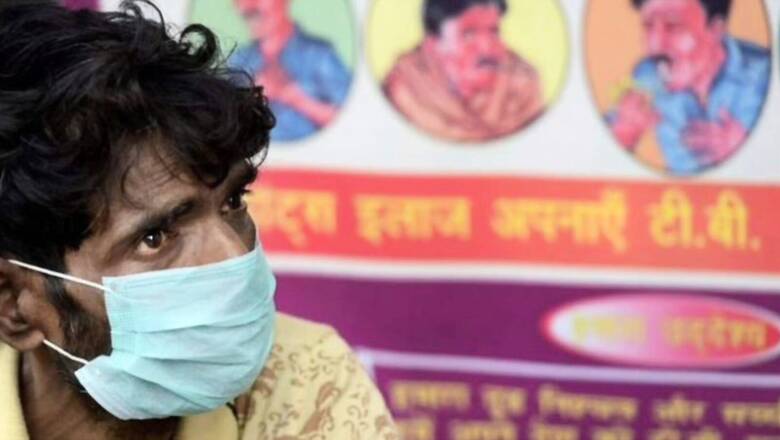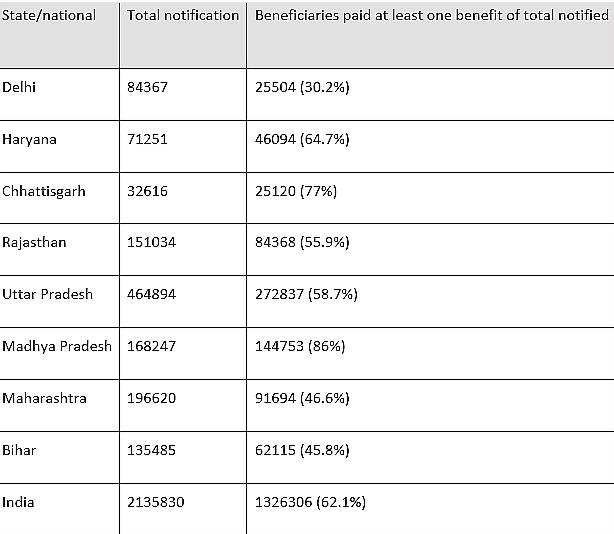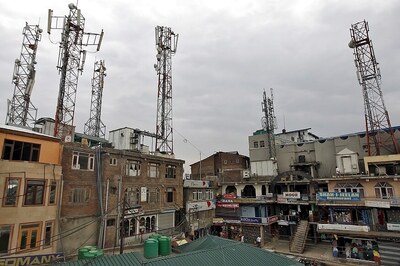
views
It was all about Covid-19 for the past two years. All other diseases took a back seat, including tuberculosis – the disease which Prime Minister Narendra Modi has envisioned to eliminate from the country five years ahead of the target.
Thanks to Covid-19, the data – at least for now – is not in sync with the PM’s promise.
To put it in perspective, let’s start with harsh reality.
According to the Global TB Report of 2021, India is among the 10 countries that collectively account for 74% of the global gap between estimated TB incidence and the number of people newly diagnosed with TB and reported.
The top contributor was India at 24%.
India also features on all three World Health Organization (WHO) global lists of high-burden countries for TB, HIV-associated TB, and Multi-Drug Resistant or Rifampicin-resistant TB to be used by the WHO for the period 2021-2025.
Before the outbreak of the pandemic, India was well on its path of closing the gap between the number of tuberculosis cases estimated and those detected, and it could soon find all its “missing million” TB patients.
In 2019, the detection of TB cases in India reached its highest at 23.5 lakh patients, against an estimated 26.9 lakh cases.
However, the progress got derailed starting 2020.
Flag off to Ashwasan Campaign for Active Case Finding 0f TB among tribal population in DNH by Dr. Raghuram Rao (ADG-TB CTD), Mr. Suresh Meena (JS Health &MD NHM-DNH &DD) in the presence of Dr. Manoj Singh- SPO (TB & Leprosy) from PHC Kachigham, Daman today. #TBMuktBharat pic.twitter.com/z1vYXpncH4— Central TB Division | #TBMuktBharat (@TbDivision) July 8, 2022
Now, with less than three years to that deadline – 2025, which is five years ahead of the target set by Sustainable Development Goals (SDG) 2030 – there are important lines of inquiries that need to be pursued to track how well-positioned India’s national TB programme is to achieve that goal.
Even the Union government’s ministry of health and family welfare is aware of the lag created due to the outbreak of the pandemic and a lot of energy has been re-focussed to achieve the target.
“Covid has harmed our progress in TB a lot. So many late diagnoses and missed notifications have been found. A lot of work is pending and several resources have been diverted after discussions with the health minister,” a government source said, adding the health minister has issued strict instructions to “do whatever it takes” to achieve the target set by PM Modi.
STATUS CHECK
Experts believe that a useful way to enter the heart of the TB discourse is to assess the data on case notifications of high-burden states and compare it with the Prevalence Survey (the data which gives a better idea of disease pervasiveness in the country).
Analysing the data in this manner might give us a clearer picture of which states are performing below-par and which ones are doing well.
For instance, the prevalence survey notes that India’s Prevalence to Notification ratio at a national level is 2.85 – which means India is missing 1.85 patients to every 1 case notified.
However, there are certain states where India is missing more patients. This number is higher, for instance, in Bihar, which has a ratio of 4.94 – where for every single case notified, almost four cases are not detected/notified.
This is a crucial metric because it indicates how many cases exist or prevail as compared to the cases which have finally been notified to the system. Without finding and treating those missing patients, India’s goal to eliminate TB will remain a distant dream.
Table 1 shows the prevalence to notification ratio. Higher PN numbers in the third column are indicative of more cases being missed.

PLUG THE GAP IN THE SCHEMES AT WORK
The government had launched ‘Nikshay Poshan Yojana’ – a scheme to take care of the nutritional requirements of TB patients assuming that a good diet can support the progress of treatment administered.
Here the patient gets Rs 500 per month.
How well has India’s flagship nutrition support scheme performed?
While one argument is that Rs 500 per month is not enough to support anyone’s nutritional requirement, even that mere amount is not being disbursed.
The numbers show the poor performance of the scheme on the ground level.
For instance: Uttar Pradesh has over 4 lakh notified patients for the scheme, but over 40% have still not received even one financial benefit, and their payment is still pending.
Unfortunately, most states are well below the national average when it comes to paying at least once, a mere amount of Rs 500.
In Delhi, only 30% of beneficiaries (patients) have received the money, even if they received it for just one month. The remaining 70% of the patients never got it even once.
Table number 2 shows the percentage of beneficiaries who have received at least one tranche of NPY benefits out of the total number of notified patients.

FORGOTTEN RULES FOR BASIC TESTING
A test to check a person’s biological resistance to Rifampicin, a primary drug for TB, is an invaluable pointer to whether there is any resistance to first-line drugs in the patient.
Universal Drug Susceptibility Test (UDST) forms a critical component in the initial stages of TB’s cascade of care.
Only after the doctor rules out any such drug resistance, the patient can be put on the conventional drug regimen and treatment can proceed normally to the point of cure.
However, any resistance to Rifampicin (because of delayed diagnosis, faulty prior prescriptions, non-completion of treatment previously etc.) means the treatment will need to be modulated. If this isn’t done, the disease could potentially progress to multi-drug resistant forms which are lethal.
The national TB programme rolled out UDST in 2018, as per which resistance testing for Rifampicin is mandatory for all notified TB patients.
Sadly, here too, the number of people – in private and public sectors – who have been given UDST are not as much as they should be!
In conjunction, the other data shows the high prevalence of people diagnosed with multi-drug resistant TB.
For instance: In Rajasthan, only 38% of patients in public and private hospitals were tested for Rifampicin’s resistance. Similarly, in Madhya Pradesh, 34% of patients were tested for Rifampicin’s resistance.
The trend was the same in Chattisgarh, Delhi, Bihar, UP, and several other states.
In fact, one of the most disturbing data by National TB Prevalence Survey shows that 64% of symptomatic TB patients didn’t even seek care. This shows how deep-rooted India’s problem of TB management (IS) where the government and the private sector both need to ensure that all programmes and initiatives are on track.
Despite the government’s intention to eliminate TB from India, it seems ‘Dilli abhi door hai…’
Read all the Latest News, Breaking News, watch Top Videos and Live TV here.



















Comments
0 comment